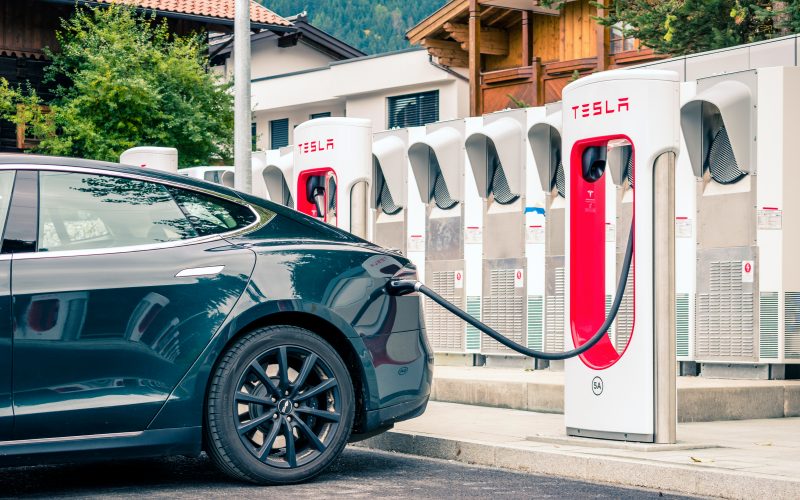The U.S. National Highway Traffic Safety Administration (NHTSA) is examining Tesla’s “Full Self-Driving” system following reports of crashes in low-visibility conditions, including a fatal pedestrian accident.
The agency initiated the probe due to multiple incidents involving Tesla vehicles encountering sun glare, fog, and dust, resulting in collisions, with one leading to the death of a pedestrian.
The big picture: The NHTSA investigation aims to assess the Full Self-Driving system’s capability to detect and respond to reduced visibility conditions and evaluate the circumstances surrounding these crashes, covering around 2.4 million Tesla vehicles from 2016 to 2024.
- The company previously issued recalls for the Full Self-Driving system due to concerns such as running stop signs and violating traffic laws, which were rectified through software updates.
- Critics argue that Tesla’s camera-based system lacks sufficient sensors for full autonomous driving, as other companies typically incorporate radar and laser sensors for better visibility in challenging conditions.
Driving the news: The NHTSA’s investigation marks a shift towards evaluating the Full Self-Driving system’s capabilities rather than solely monitoring driver attentiveness, indicating a deeper examination of the system’s driving functions.
- The investigation raises questions about the safety and readiness of Tesla’s autonomous driving technology, particularly in adverse driving conditions, and underscores the need for robust regulatory oversight and safety protocols.










